ICAM Pedestrian Consortium - Vulnerable Road User Injury Prevention Alliance (VIPA)
ICAM's mission is to better understand, treat, and prevent crash injuries - including vulnerable road users.
A Worldwide Challenge
In 2008, the United Nations added Global Technical Regulation #9 - Pedestrian Safety to the Global Registry. This regulation seeks to better protect the thousands of pedestrians and cyclists that are injured by motor vehicles each year across the globe. Data collected from the International Harmonized Research Activities Pedestrian Safety working group demonstrates that pedestrian safety is a worldwide challenge.
Of those vulnerable road users involved in motor vehicle crashes, the most vulnerable populations- children (≤15) and the elderly (60+), are the most likely to be in those types of crashes.
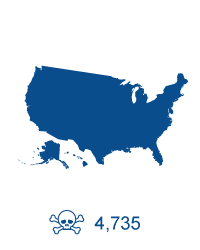
In 2013, there were 4,735 pedestrian and cyclist deaths in the United States. (WHO)
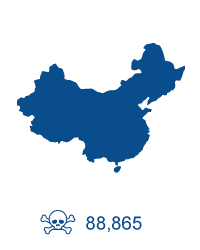
According to the World Health Organization, 88,865 pedestrians and cyclists die as a result of road accidents in China. (WHO)
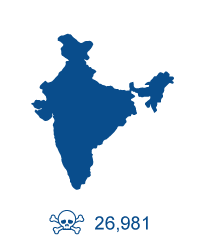
26,981 pedestrians and cyclists were killed in road traffic crashes in India in 2014. (WHO)
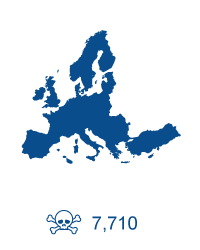
In the European Union about 7,710 pedestrians and cyclists are killed. (WHO)
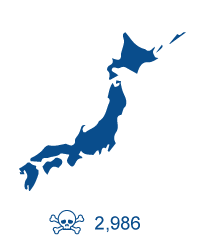
In Japan, 2,986 pedestrians and cyclists are killed. (WHO)
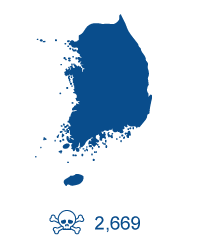
In Korea around 2,669 pedestrians and cyclists are killed. (WHO)
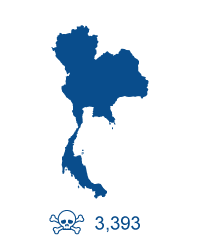
In Thailand, there were 3,393 pedestrian and cyclist deaths in 2012. (WHO)
Our Project
In 2015, with global automotive manufacturers, Michigan law enforcement, and road safety agencies, ICAM created the VIPA project which is solely focused on protecting vulnerable roadway users and preventing injuries for pedestrians, cyclists, skateboarders, and e-scooter operators.
There are two main goals for the project:
1. Collect data

Generate a useful contemporary VRU MVC data set by capturing all aspects of a motor vehicle crash involving a vulnerable road user.
2. Share data

Establish a network for the exchange of new technologies, research, and best practices related to improving road safety with those that support the project or have research questions.
The following are the ways ICAM works to support the project goals:
- Engage with state agencies and law enforcement to collect VRU MVC crash cases
- Host bi-monthly case review meetings to review cases and injury outcomes
- Provide consortium sponsors with access to data and analysis (as needed)
- Disseminate research analysis results via publications and presentations
- Work with other like-minded researchers determined to make roads safer for VRUs
Partners
Industry Partners







Community Partners
In addition to our industry sponsors, we are pleased to partner with local, regional, and state units of government, including:

Medical examiners

Trauma centers/hospitals

Police/sheriff departments
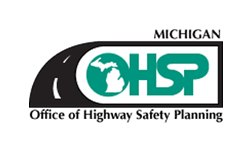
Michigan Office of Highway Safety Planning
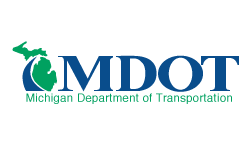
Michigan Department of Transportation
Publications and Presentations
Papers
- Early Data and Insights from the Vulnerable Road User Injury Prevention Alliance (VIPA) - Dr. Stewart Wang - IRCOBI 2019
- Early Data and Insights from the Vulnerable Road User Injury Prevention Alliance (VIPA) - Dr. Stewart Wang - JSAE 2019
- Head Injuries from the Vulnerable Road User Injury Prevention Alliance (VIPA): Effect of Vehicle Type on Head Contact Location - Dr. Stewart Wang - IRCOBI 2020
- Pedestrian injuries from cars and SUVs: updated crash outcomes from the Vulnerable Road User Injury Prevention Alliance (VIPA) - Samuel Monfort - Traffic Injury Prevention 2020
- Characteristics of vehicle-cyclist crashes from the Vulnerable Road User Injury Prevention Alliance (VIPA) - Susumu Ejima - JSAE 2021
- Pedestrian accidents in Michigan from the Vulnerable Road User Injury Prevention Alliance (VIPA) - Susumu Ejima - TRB 2021
- Bicyclist crashes with cars and SUVs: Injury severity and risk factors - Samuel Monfort - Traffic Injury Prevention 2023
Presentations
- Vulnerable Road User Injury Prevention Alliance- (VIPA) Status - Jason Gainev - 2019 SAE GIM - Data from real-world crashes in US - Becky Mueller- 2019 Praxis
- A Comparison: Vulnerable Road User Injury Prevention Alliance (VIPA) data v. Pedestrian Crash Data Study (PCDS) data - Dr. Stewart Wang - 2021 SAE GIM
- Field Observations and Lessons Learned from the Vulnerable Road User Injury Prevention - Alliance (VIPA) - Dr. Stewart Wang - 2022 SAEGIM
- Head Injuries from Vehicle to Pedestrian Crashes using Real-world Data - Susumu Ejima 2023 SAE GIM